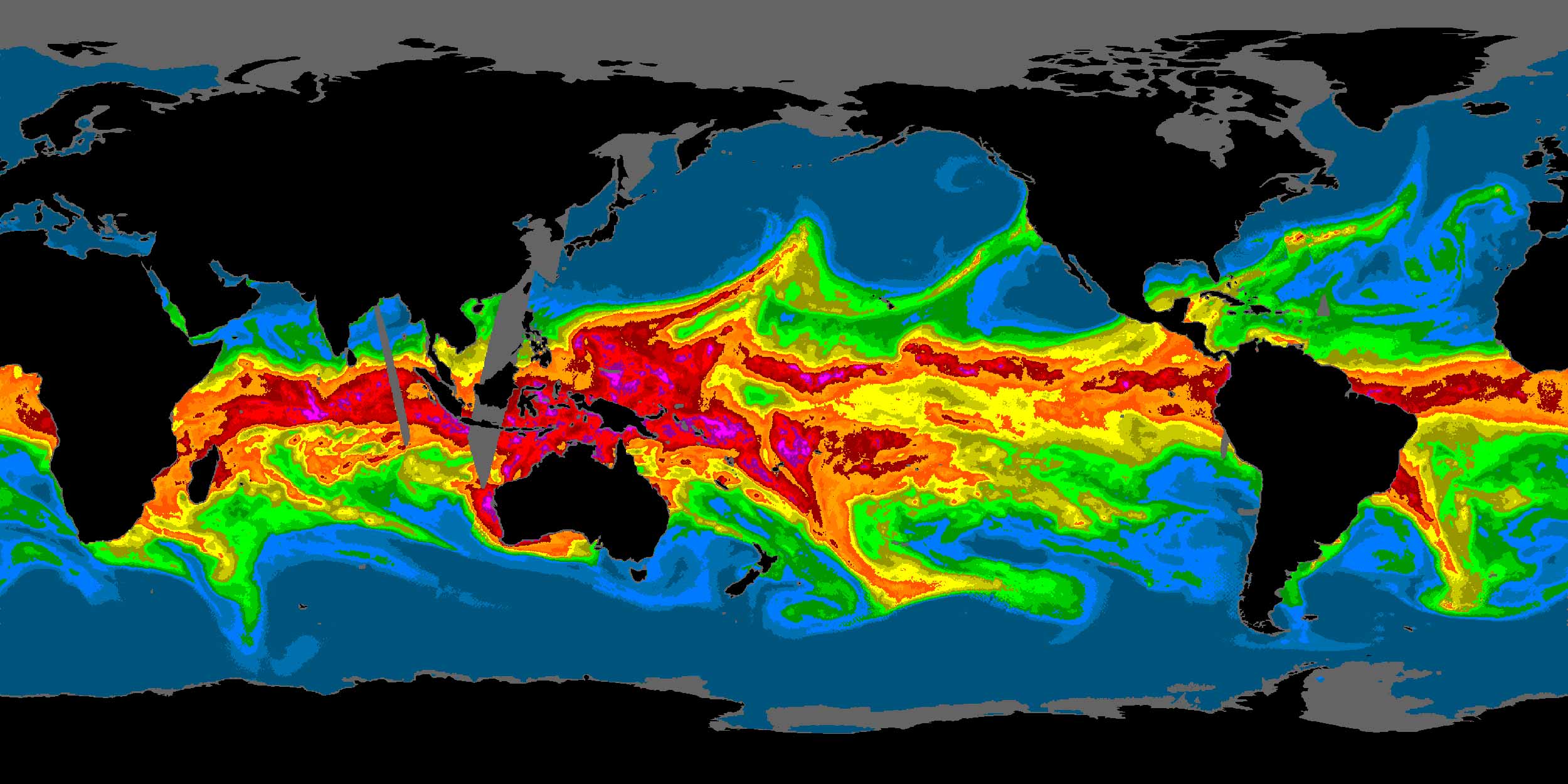Anyone know about atmospheric rivers?
Atmospheric riversare narrow regions in the atmosphere that transport much of the moisture from the tropics to northern latitudes. Atmospheric rivers are part of the Earth's ocean water cycle, and are tied closely to both water supply and flood risks.A well-known example of a strongatmospheric riveris called the "Pineapple Express" because moisture builds up in the tropical Pacific around Hawaii and can wallop the U.S. and Canada's West Coasts with heavy rainfall and snow.
Prevailing winds cross over warm bands of tropical water vapor to form this "river," which travels across the Pacific as part of theglobal conveyor belt. When it reaches the west coast, the Pineapple Express can dump as much as five inches of rain on California in one day.
Atmospheric rivers come in all shapes and sizes, but those that contain the largest amounts of water vapor and the strongest winds are responsible for extreme rainfall and subsequent flooding. These events can affect the entire west coast of North America, often disrupting travel and damaging property in the process.
Of course, not all atmospheric rivers are disruptive. Many are weak and provide beneficial rain or high-elevation snow that provide crucial inputs to the water supplies of western communities.
SearchOur FactsDid you know?
While atmospheric rivers are responsible for great quantities of rain that can produce flooding, they also contribute to beneficial increases in snowpack. A series of atmospheric rivers fueled the strong winter storms that battered the U.S. West Coast from western Washington to southern California from Dec. 10–22, 2010, producing11 to 25 inchesof rain in certain areas. These rivers also contributed to the snowpack in the Sierras, which received 75 percent of its annual snow by Dec. 22, the first full day of winter.
GetSocialMoreInformation
- What are atmospheric rivers?
- Atmospheric River Q&A
- GOES West Footprint Satellite Imagery
- Atmospheric Rivers: NOAA's Earth System Research Laboratory
Last updated:06/25/18
Author:NOAA
How to cite this article
- Forums
- Political Debate
- The world has reacted to Australia being swallowed by flames
Anyone know about atmospheric rivers?Atmospheric riversare...
- There are more pages in this discussion • 153 more messages in this thread...
You’re viewing a single post only. To view the entire thread just sign in or Join Now (FREE)







